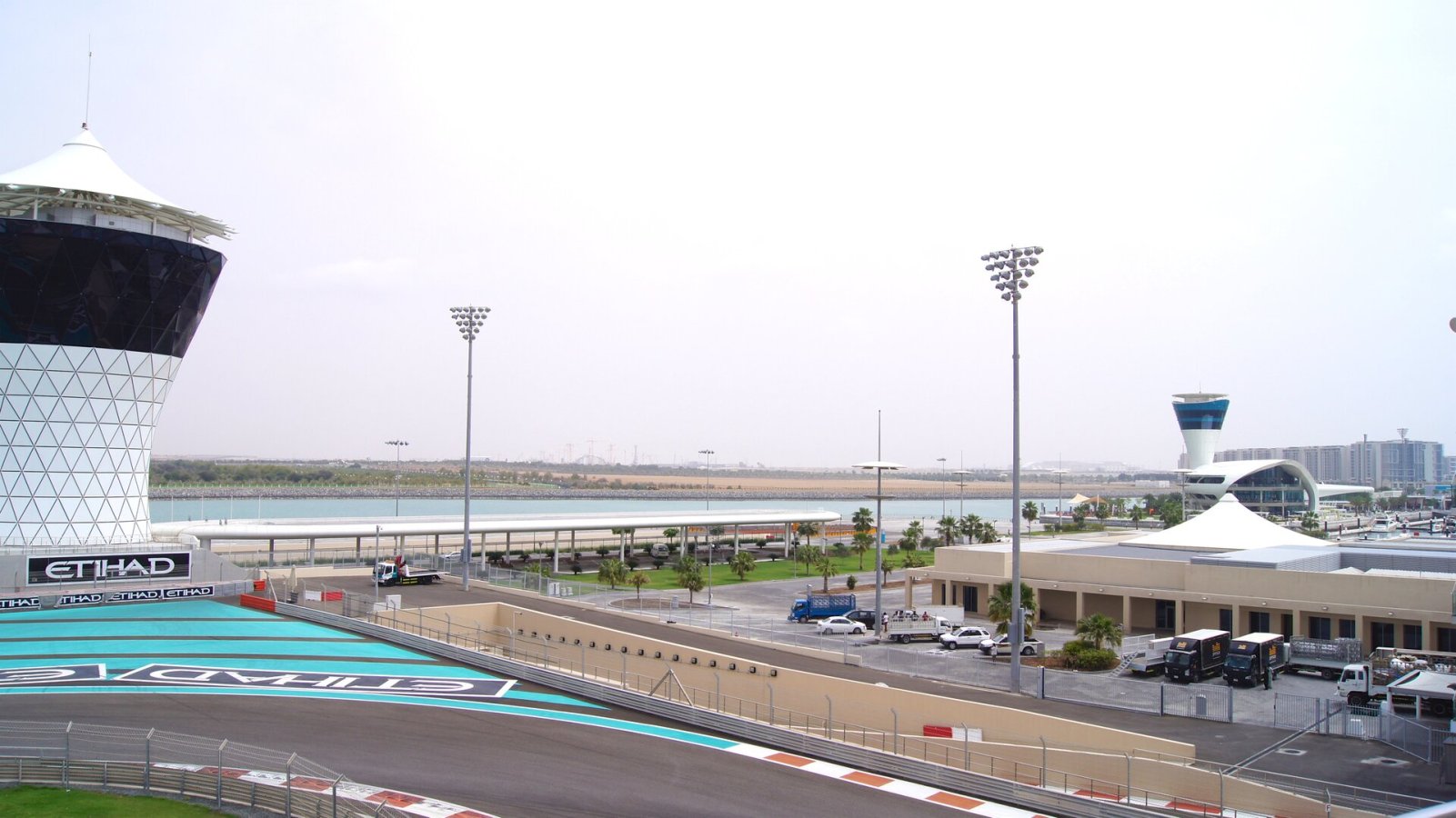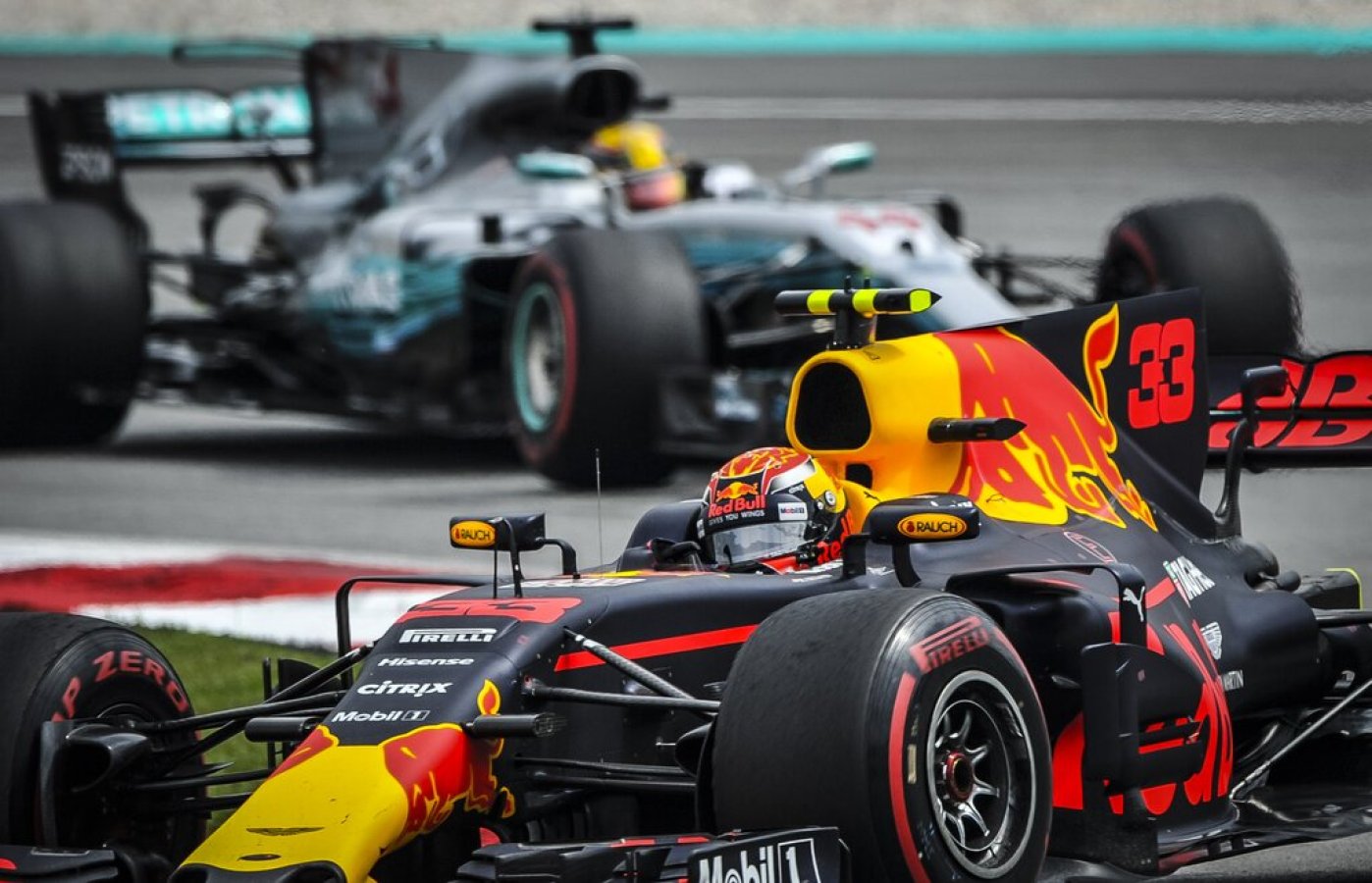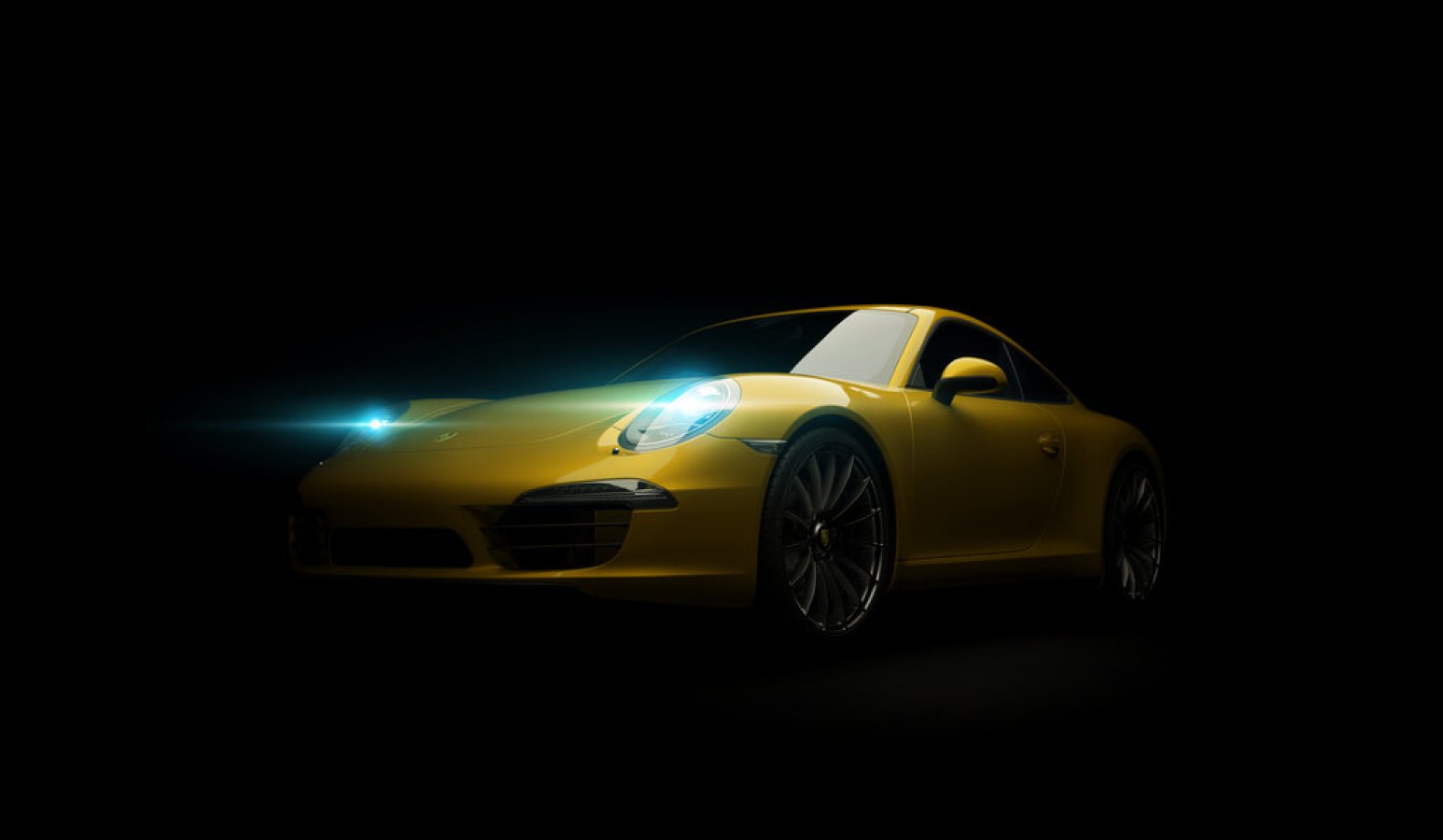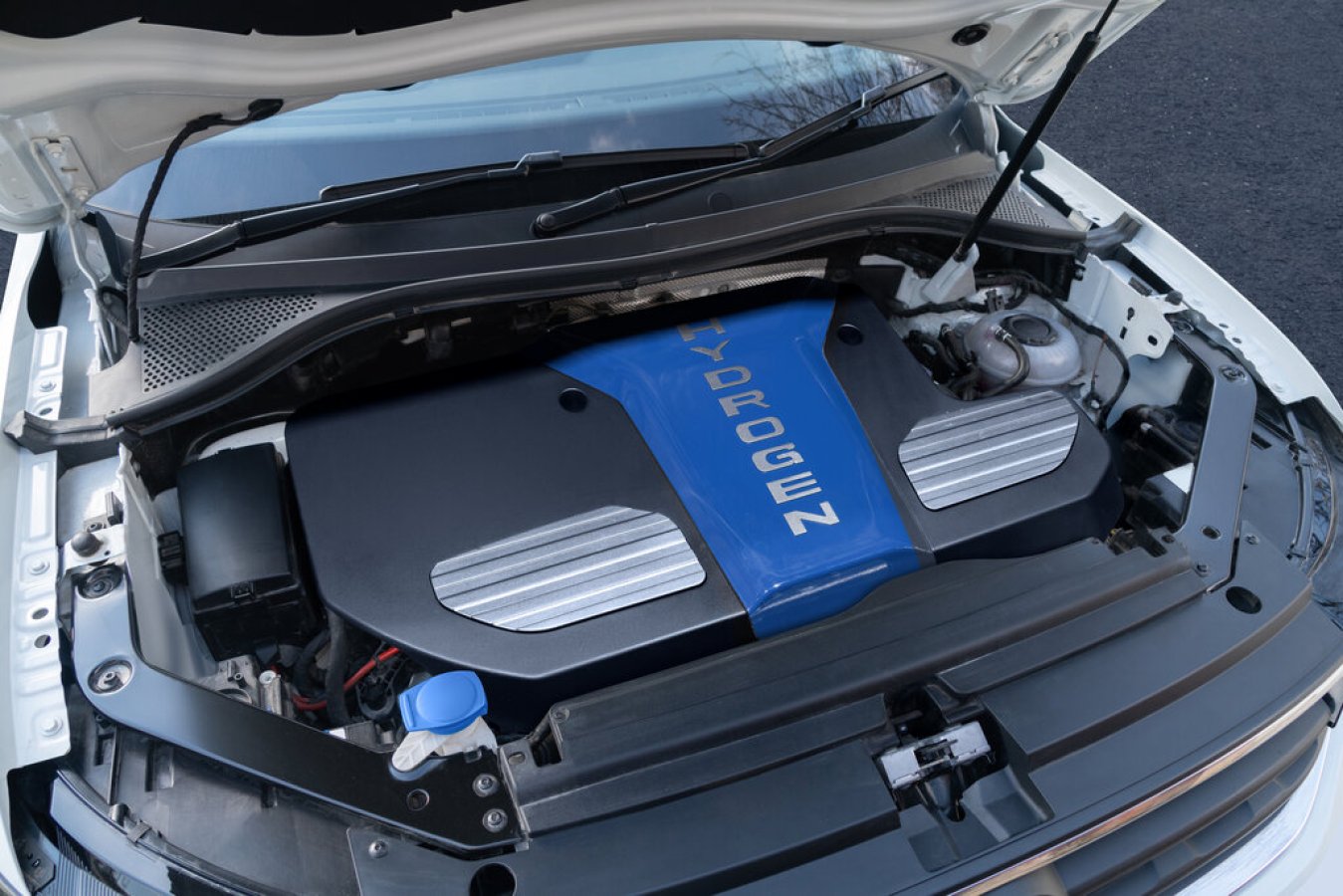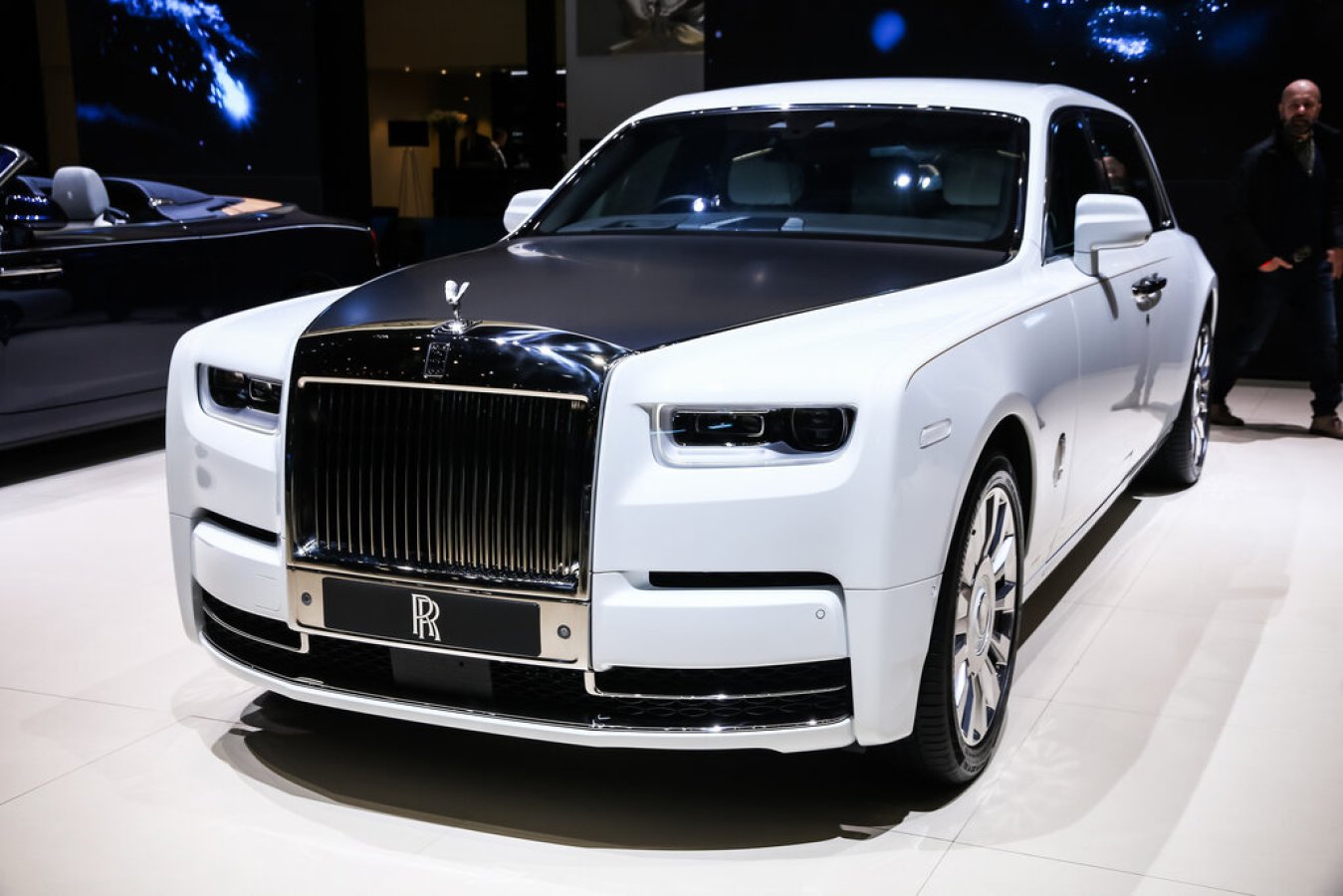Hoy echamos un vistazo en profundidad a uno de los primeros grandes de las carreras de Fórmula 1. Giuseppe "Nino" Farina fue el primer ganador del ahora icónico deporte de carreras y vive en la memoria de los fanáticos que toman el deporte en serio. Si bien hay un puñado de nombres que han alcanzado niveles de fama que trascienden el mundo de la Fórmula 1, el primer ganador de todos ellos no se encuentra entre ellos. Pocas personas no están familiarizadas con nombres como Niki Lauda, Nelson Piquet, Ayrton Senna y Michael Schumacher, pero Giuseppe permanece en gran parte olvidado. Sin embargo, el gran Nino es el abuelo de todos y merece un lugar en el corazón de todos los verdaderos aficionados a la Fórmula 1.
Victorias famosas
El más famoso de todos es su primer puesto en el primer Campeonato Mundial de Fórmula FIA de 1950, pero esta no fue su primera victoria ni la última. Sin embargo, estaba destinado a ser su único podio en el circuito de Fórmula 1. El gran italiano había estado ocupando espacio en los podios desde su tercer puesto en la Coppa Principessa di Piemonte en 1933 conduciendo un Alfa Romeo 2300. Muchas de sus mayores victorias estaban destinadas a estar en el equipo Alfa Romeo, incluido su primer puesto en 1950 en la Concurso inaugural de Fórmula 1. Su primer puesto en lo más alto llegó al año siguiente en 1934 y continuaría subiendo al podio de forma constante durante las siguientes dos décadas hasta su retiro en 1955.
Primeros años de vida
Nino nació en una familia adinerada, lo que le permitió iniciarse en el deporte que sería su pasión de toda la vida a una edad temprana. Su padre, Giovanni Carlo Farina, fundó una exitosa empresa de construcción de autocares que permitió a Nino comenzar a conducir vehículos a la edad de solo 9 años. Su familia esperaba que continuara en la industria automotriz, pero su amor por las carreras era demasiado fuerte. Cuando tenía 16 años, su tío favorito, Pinin, le permitió montar escopeta con él en una carrera y el resto es historia.
A la edad de 19 años, solo tres años después, el joven y apasionado futuro campeón participó en su primer evento de carreras competitivo, pero se quedó fuera de la competencia. Sin embargo, la idea de dejar el deporte nunca pasó por su mente y la conducción imprudente seguiría siendo una característica de su carrera profesional. El joven sobresalió en la escuela tanto académica como atléticamente y se graduó con un doctorado en derecho de la Universidad de Turín.
Llegar a la fama
Mientras aún estaba en la Universidad de Turín, Nino compró un automóvil Alfa Romeo solo para chocarlo y romperse el hombro en el 1925 Aosta-Gran San Bernardo Hillclimb. Estaba tratando de superar a su propio padre en ese momento. Sin embargo, nada pudo apagar su entusiasmo, y el joven continuó compitiendo, con Alfa Romeo y Maserati durante los años 20 y 30. A principios de los años 30, su dedicación comenzó a dar sus frutos. Obtuvo su primera posición en el podio (tercer lugar) en 1933, y su primera victoria en la cima del podio llegó en 1934.
Años despues
Aunque Nino corrió con éxito durante otros 5 años, ya se había formado un patrón. Su impulso por ganar a toda costa, combinado con su valentía en la pista, significaba que estaba involucrado regularmente en accidentes. Apenas 8 días después de su victoria en la F1 de 1950, estuvo involucrado en un choque múltiple en Mónaco. En 1953 se vio envuelto en una tragedia en Argentina. A los espectadores se les había dado libre acceso a la pista de carreras y cuando Nino se desvió para evitar que un niño cruzara la pista, se estrelló contra la multitud. Siete personas murieron como resultado de su acción evasiva y muchas más resultaron heridas.
En 1953 se rompió el brazo derecho en un accidente y en 1954 sufrió graves quemaduras después de que su coche se incendiara en el Gran Premio de Monza. Pasó 20 días en el hospital y fue durante este período que comenzó a usar morfina para aliviar el dolor constante de sus heridas. Su última lista competitiva fue en las 500 Millas de Indianápolis de 1957.
El legado de Nino
Nino era famoso por su conducción imprudente, que era emocionante de ver pero provocaba ansiedad incluso en Enzo Ferrari, quien más tarde afirmó que siempre se preocupaba por él en la pista de carreras. Después de su retiro, Nino se convirtió en un exitoso hombre de negocios en el sector automotriz, pero nunca perdió su amor por las carreras. Murió mientras conducía por los Alpes rumbo al Gran Premio de Francia de 1966, perdió el control de su vehículo y se estrelló contra un poste de telégrafo. Tal vez si hubiera tenido un poco más de cuidado en la pista, podría haber corrido algunos años más y ganado un par de títulos más. Pero, ¿habría sido un conductor tan emocionante de ver? Es difícil de responder. Sean cuales sean sus pensamientos, tomemos un momento para recordar uno de los primeros grandes de uno de los deportes de alta velocidad más emocionantes del mundo.
